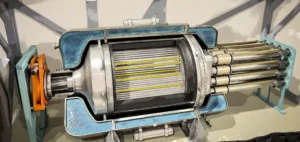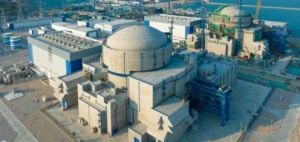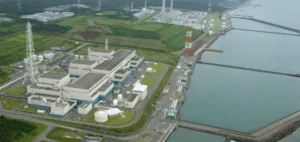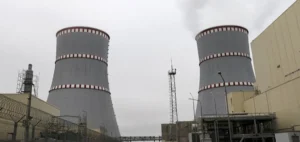Framatome has announced an innovative solution to mitigate aging and degradation of underground piping in nuclear power plants. The company will deploy an in-place spray coating system, applied remotely by tracked robots. This pioneering technology, developed with industry partners, guarantees a fast-curing coating, sprayed evenly inside large pipes, extending their service life without the need for costly excavation. Starting in 2025, the project will involve nine shutdowns over eight years, targeting more than a mile (1.6 km) of underground piping. The aim is to improve the safety and reliability of nuclear power plants by rehabilitating safety-related piping systems, which can vary in size from a few centimetres to three metres in diameter.
Advantages of the remote coating system
The structural coating system designed by Framatome offers several key advantages. Firstly, it extends the operational life of piping systems beyond their initial 50-year lifespan, in line with the long-term operational needs of nuclear facilities. Secondly, the system minimizes safety risks and reduces downtime and costs by eliminating the need for excavation. Catherine Cornand, Framatome’s senior executive vice-president for the installed base sector, emphasized the versatility of this technology. She said Framatome had successfully adapted an industrial solution for the nuclear sector, offering utility customers an innovative turnkey rehabilitation solution. This includes in-depth engineering, manufacturing, application, project management, technical support and OEM expertise.
Testing and validation
The existing spray coating system underwent a rigorous two-year testing program, completed last year, to validate its efficiency and reliability. This validation ensures that the system can meet the stringent safety and operating standards required in the nuclear industry. By providing a fast-curing coating that can be applied remotely, Framatome’s solution promises to revolutionize the maintenance of underground piping in nuclear power plants. Framatome’s commitment to innovation and safety is evident in this development, as it offers a sustainable and effective solution to the challenges posed by aging nuclear infrastructures. Remote application of the coating system not only reduces the physical risks associated with traditional repair methods, but also ensures minimal disruption to plant operations.
Future prospects and impact on the industry
In the future, successful implementation of this technology could set a new standard for underground pipe maintenance in the nuclear industry. Framatome’s approach meets a crucial need for sustainable, cost-effective maintenance solutions, positioning the company as a leader in nuclear infrastructure innovation.
The adoption of this technology by utilities is likely to improve the competitiveness of nuclear power by reducing maintenance costs and improving the reliability and safety of nuclear power plants. As the nuclear industry continues to evolve, innovations such as Framatome’s in-place spray coating system will play a crucial role in ensuring the long-term viability and sustainability of nuclear power.






















